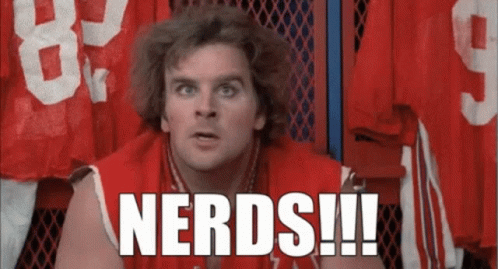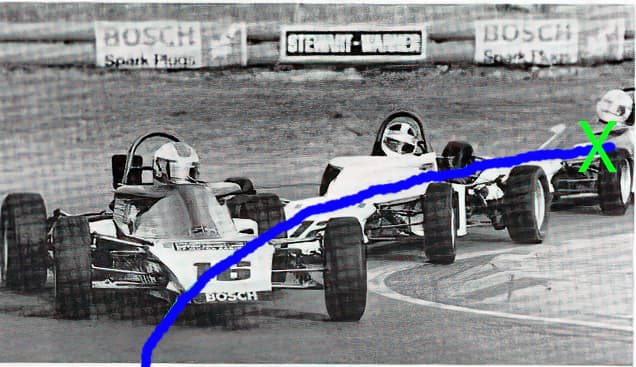Forty years ago +/- I came across Piero Taruffi’s book, The Technique of Motor Racing. At one point he said (paraphrasing… it was 40 years ago after all “The car must rotate around it’s center of mass (COM) to navigate a corner.” Perhaps this should have been an obvious statement to me, but I had never thought about it. I drove (with considerable success) just by feel, by doing what needed doing to be fast, without really understanding what I was doing, or why it worked.
Anyway that statement was an epiphany for me; I suddenly understood the truth in that statement, that rotation management was one of, if not the, key to being fast, and I realized the myriad of techniques I had been using to control or influence rotation.
Fast forward 40 years (and several sessions of shower philosophising ![]() ), and I’m confused about something. In a normal circumstance (e.g. If I drive a car/kart toward the apex of a turn, load transfer increases, tire load increases, traction increases, yaw rotational force increases, and slip angle increases until there is no longer sufficient speed/energy to maintain the load/traction/slip angle on the outside front tire) at this point, the major portion of the ‘rotation’ occurs, right? You stop entering the turn, the car/kart rotates (changes its orientation on ‘the line’), and you begin the exit phase of the turn.
), and I’m confused about something. In a normal circumstance (e.g. If I drive a car/kart toward the apex of a turn, load transfer increases, tire load increases, traction increases, yaw rotational force increases, and slip angle increases until there is no longer sufficient speed/energy to maintain the load/traction/slip angle on the outside front tire) at this point, the major portion of the ‘rotation’ occurs, right? You stop entering the turn, the car/kart rotates (changes its orientation on ‘the line’), and you begin the exit phase of the turn.
HOWEVER, does the car/kart actually rotate around it’s center of mass, or does it rotate around the front end, or the outside-front tire (the contact patch that is providing the most cornering force)? Empirically, it feels like the rotation is relative to the outside front tire… like (in a car/kart with front brakes) you can ‘pin’ the nose and fling the back end around the outside front tire.
In a properly executed turn, it does NOT feel like the car/kart rotates around the COM; like it just orients itself as tome angle relative to ‘the line’. That is, I don’t sense the front end rotating towards the inside of the line being driven as the back end rotates towards the outside of the line being driver. Instead, it feels like the front end stays relatively put (ignoring the small change in drift as the slip angle decreases on the front one once it has maxed out) and both the COM and rear contact patches rotate towards the outside of ‘the line’. Of course that would mean that the COM is changing location laterally due to the rotation, so ‘the line’ is also changing slightly.
THAT SAID, there are times when it feels like the car/kart is rotating around it’s COM, like, if you lock the brakes at turn-in, or are a Swedish Flick type of technique.
Anyway, sorry to go off into the weeds on this, but I apparently have too much time to think. ![]()




